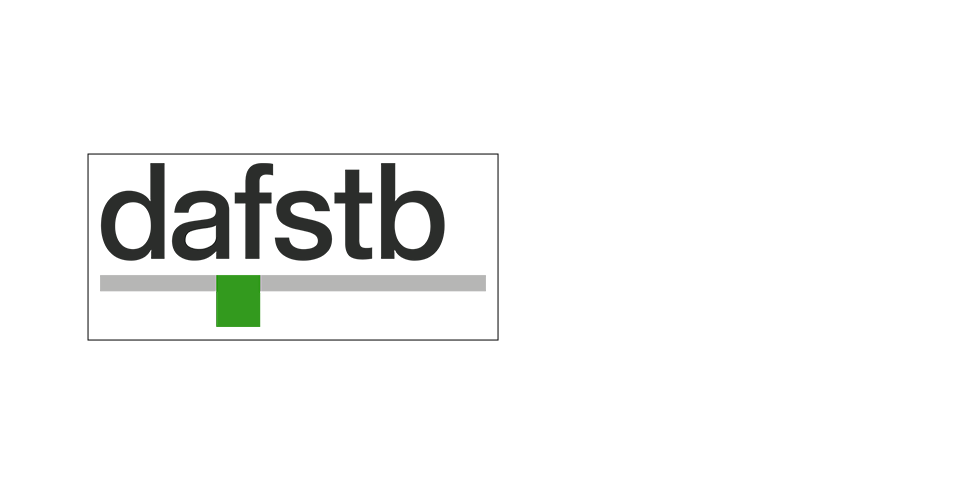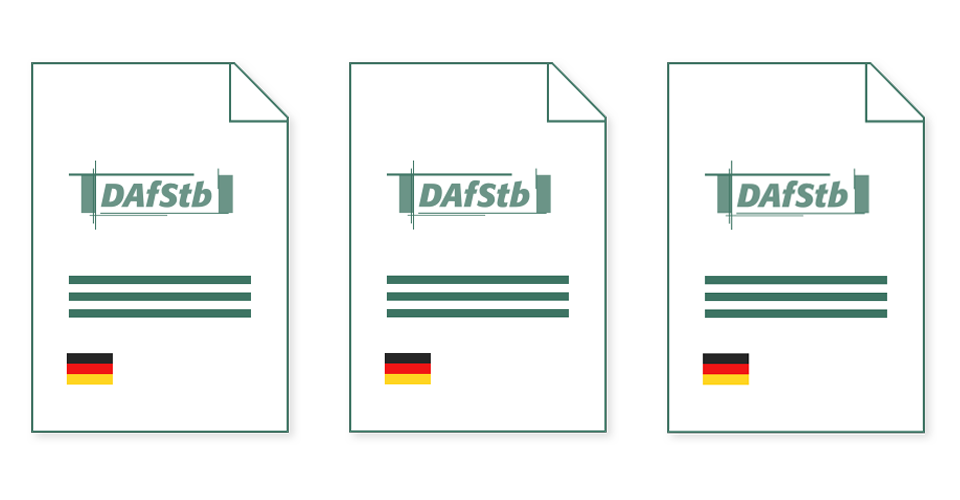DAfStb publications
-
Results of research activities are often implemented in DAfStb Guidelines, which are usually introduced by the building authorities and then - like the corresponding standards - become generally accepted rules of technology. In contrast to standards in concrete construction, DAfStb Guidelines are drawn up when, for example, no standardization procedure can be established at national or European level or a rapid implementation of research results in practice is desired.
-
The publications address all building decision-makers and groups involved in construction in the private and public sectors:
- Members of the construction and building materials industry (associations and companies)
- Public building owners / building supervisors
- Consulting engineers
- Structural engineers
- Test engineers
- Students
- Scientists
- Software developers
The “green booklets” serve to support daily work and to document the further development of concrete construction.
-
Draft guidelines of the DAfStb are sent to the members of the DAfStb and are then published by DIN Media after they have been passed in the responsible committees and approved by the board. Stakeholders are asked to submit comments on the draft guidelines by a set deadline. In this procedure, the members of the DAfStb represent the expert public. The sponsoring associations in the DAfStb forward the drafts to their members, compiling the comments centrally and on behalf of the relevant industry. All comments received are addressed at a meeting. The persons making the comments are invited to this meeting.
-
The German Committee for Structural Concrete (DAfStb) has existed since 1907. It is an internationally recognized and respected professional body for the promotion of concrete construction. It focuses on research activities and the preparation of guidelines for concrete construction. DAfStb committees consist of "round tables" with representatives from building owners and construction supervisors, from the building materials industry and construction industry, as well as science and consulting engineers/test engineers.




